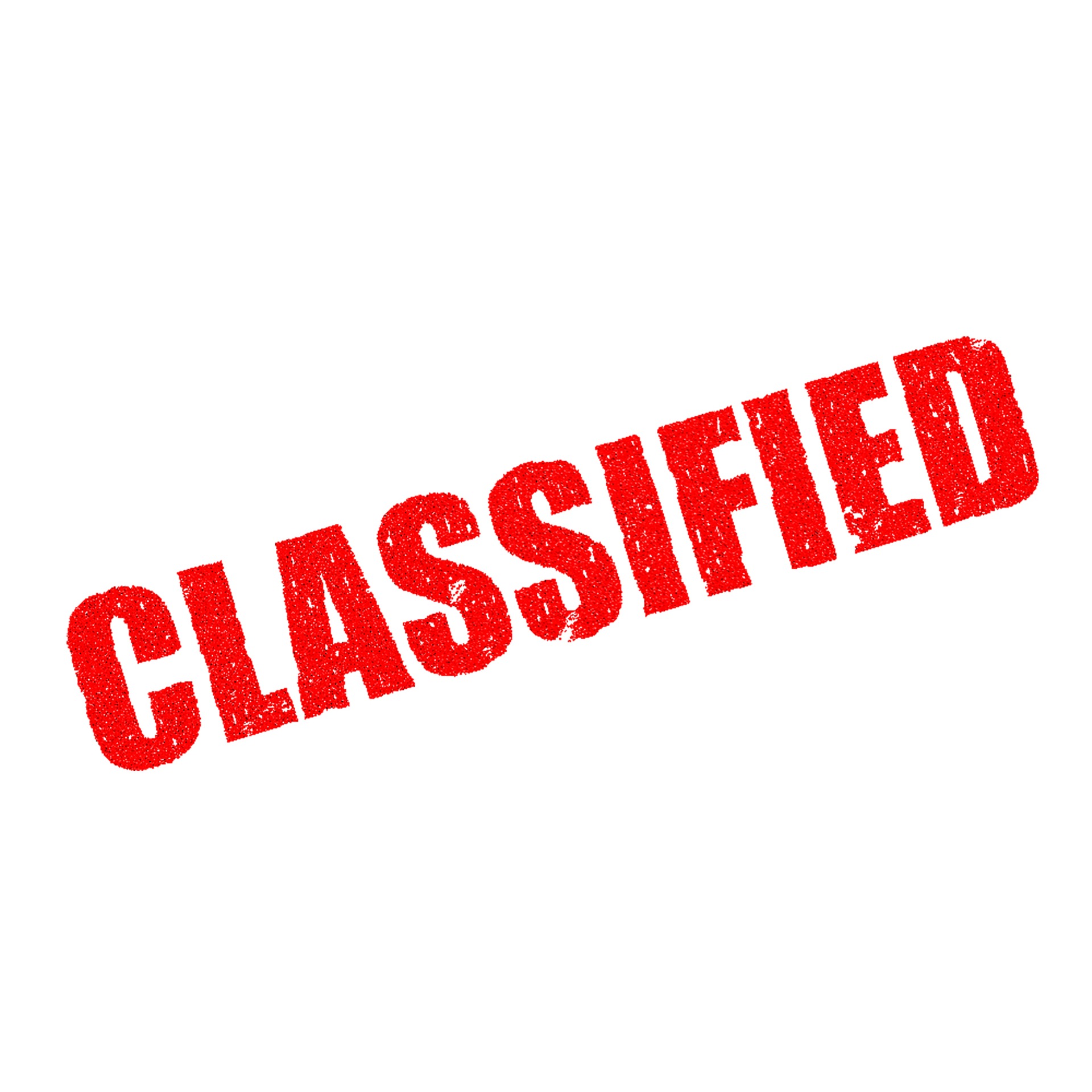Sort and Classify
By Gabe Kraljevic
Posted on 2019-09-28
 I am a preservice teacher planning some lessons on how to group plants and animals according to observable features. I am struggling to think of different activities.
I am a preservice teacher planning some lessons on how to group plants and animals according to observable features. I am struggling to think of different activities.
— V ., Maryland
Classifying living things has been a part of human endeavor since the dawn of time. Our classifications have undergone many changes as we discover more about life and technology allows us to gather more facts about organisms. The nature of science allows us to adjust our beliefs in the face of new evidence. You can mirror this in grouping lessons.
I found classifying shoes to be a useful and fun introductory activity! (Search NSTA’s Learning Center and online for details.) This activity starts with each student putting a right shoe on a table or counter. (Warn them the day before!) In small groups, they go through the pile and determine what characteristics they will use to sort them for their online store. Tell them to start with large, broad classifications and create sub classes as they feel necessary to guide customers to specific shoes. The groups should present a “family tree” of their final shoe categorization. The differences between groups can lead to a great discussion on how classification in science is debated and changed with new evidence and scientific arguments. Have the class agree on a classification system and test it out.
You can now move to biological classification by doing this same activity with photos or, better yet, live observations of plants, animals, fungi, and slides of bacteria. Compare what your students created with the currently accepted classification system used by scientists.
Hope this helps!
Image by Pete Linforth from Pixabay
Disclaimer: The views expressed in this blog post are those of the author(s) and do not necessarily reflect the official position of the National Science Teaching Association (NSTA).


